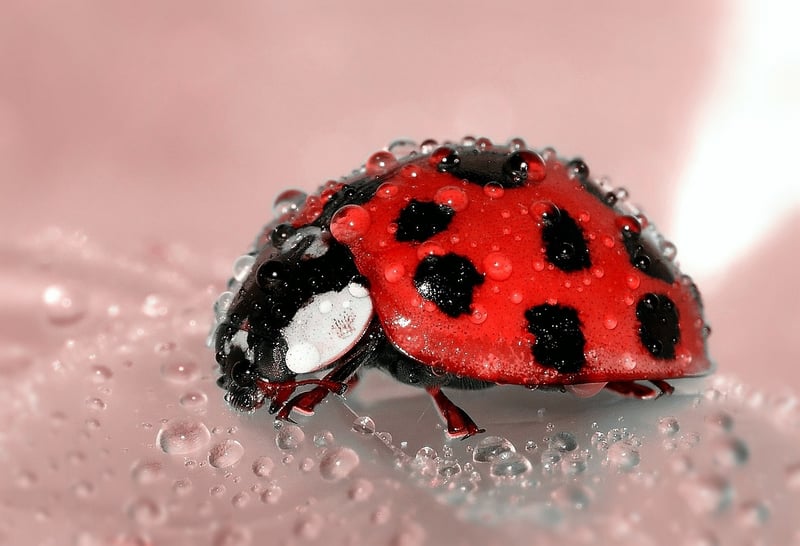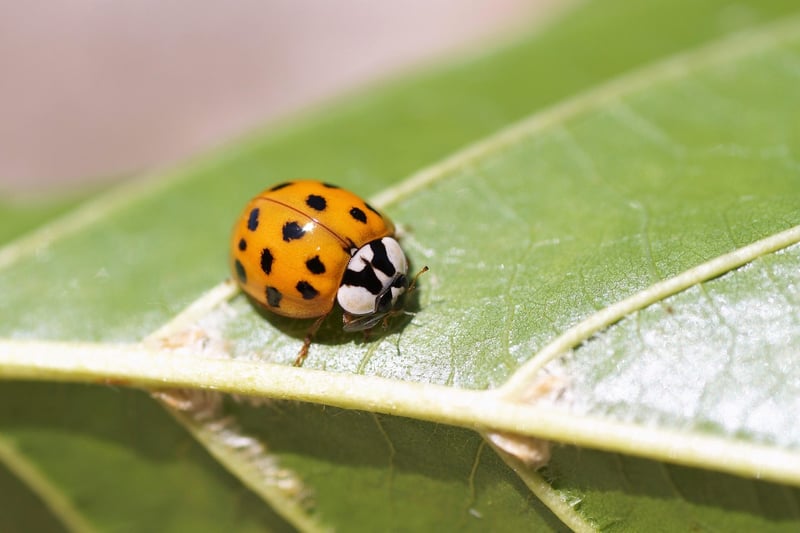Beneficial Insects
Protecting Your Plants: Embracing Beneficial Insects
When it comes to keeping your garden healthy and thriving, chemical pesticides are not your only option. Embracing beneficial insects is a natural and eco-friendly way to protect your plants while maintaining a balanced ecosystem in your garden.
What are Beneficial Insects?
Beneficial insects are organisms that play a vital role in controlling pest populations. By preying on harmful insects, they help keep pest numbers in check, reducing the need for chemical intervention.
Common Beneficial Insects:
- Ladybugs: These colorful beetles feed on aphids, mealybugs, and other soft-bodied insects.
- Praying Mantis: Known for their voracious appetite, mantises consume a wide range of pests.
- Lacewings: Lacewing larvae are fierce predators of aphids, mites, and other small insects.
- Hoverflies: Adults feed on nectar while their larvae consume aphids and thrips.
Attracting Beneficial Insects to Your Garden
Creating a welcoming environment for beneficial insects is key to their presence in your garden. Here are some tips to attract and retain these helpful creatures:
- Plant a diverse range of flowers to provide nectar and pollen for adult insects.
- Include plants that host beneficial insect larvae, such as dill, fennel, and yarrow.
- Avoid using broad-spectrum insecticides that can harm beneficial insects along with pests.
- Provide shelter and nesting sites by maintaining areas with leaf litter, rocks, and logs.
Benefits of Using Beneficial Insects
Integrating beneficial insects into your pest management strategy offers numerous advantages:
- Reduction in pest damage without the use of harmful chemicals
- Promotion of a natural balance in your garden ecosystem
- Cost-effective and sustainable pest control method
- Support for biodiversity and overall garden health
By harnessing the power of beneficial insects, you can protect your plants while fostering a thriving and harmonious garden environment.

Image source: Pixabay
